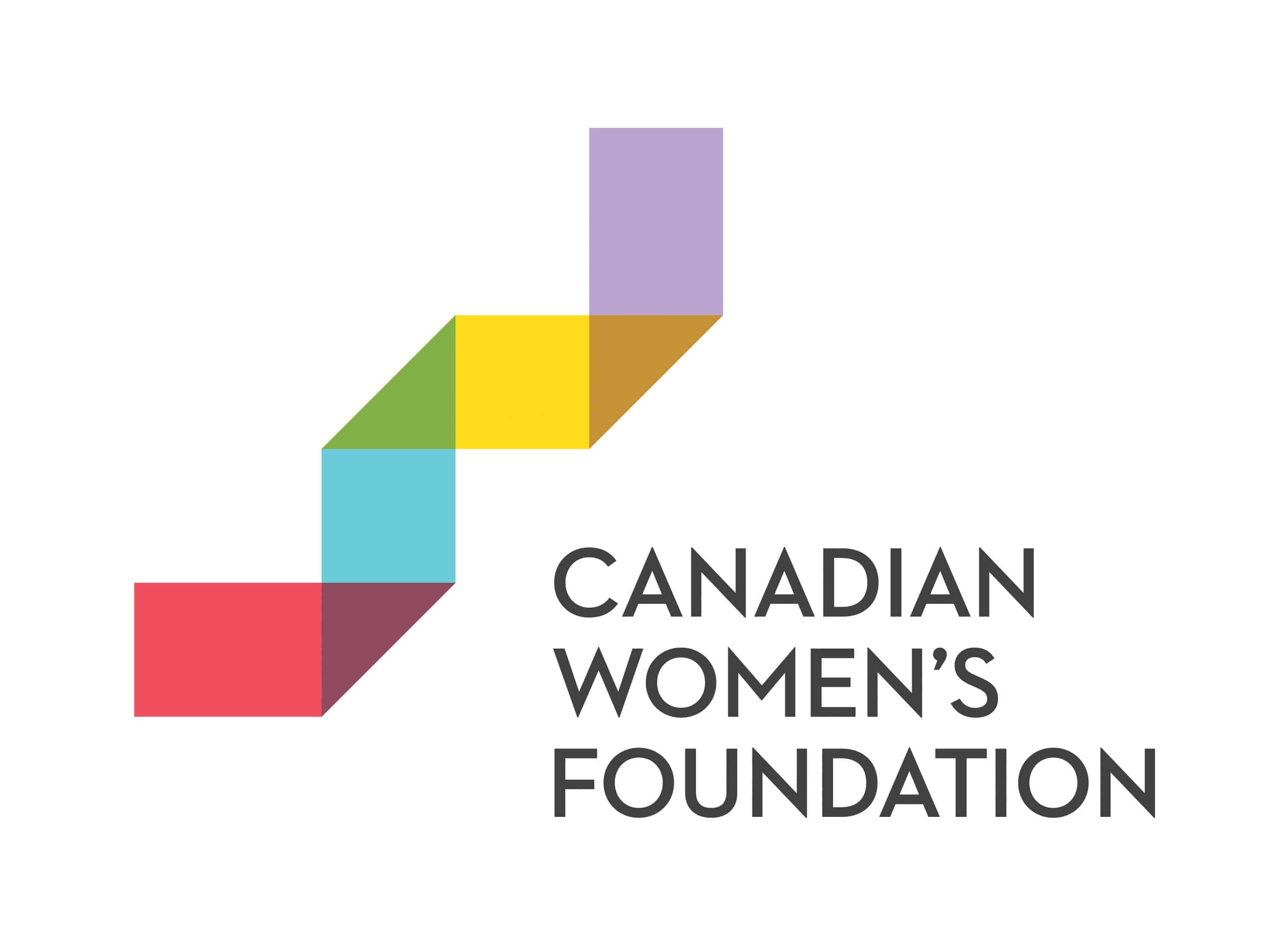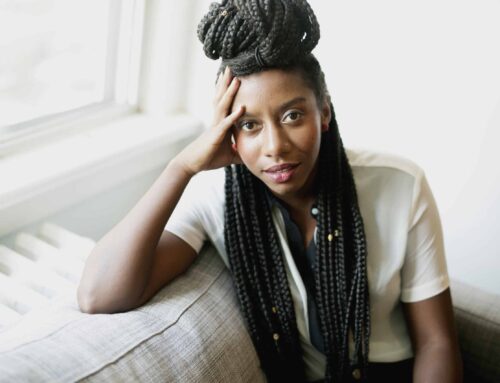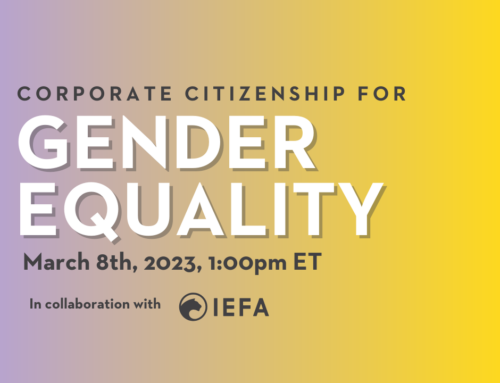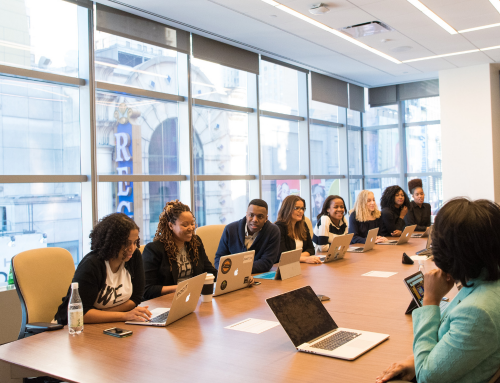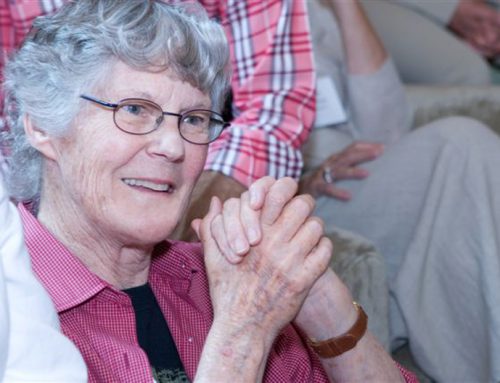
Right away I was struck by how—unlike during the leaders’ debates aired during the countdown to our federal election—the panelists did not once interrupt each other. They each waited patiently for the moderator’s questions and answered in turn, when asked. Their answers were smart, thoughtful, and carefully considered.
When asked what qualities make for a good leader, one of them replied, “good listening.” All three then continued to demonstrate exactly how that is done, listening attentively to the others’ responses before building and expanding upon them in turn. It was truly a dialogue – that is to say, ideas were exchanged, not hammered or yelled or performed.
It was refreshing.
The three leaders are all Chiefs of Ontario First Nations communities, and they are all women. Phyllis Williams presides over Curve Lake First Nation, while Chief Kelly LaRocca was elected head by the Mississaugas of Scugog Island. Donna Big Canoe was the first woman elected as Chief of the Chippewas of Georgina Island. They are among 41 women elected as Chiefs of Ontario’s 133 First Nation communities (notably, a higher rate of women in office than the 26% voted in during the federal election).
That Aboriginal women are leading their communities with increasing frequency may not come as a surprise. Traditional Aboriginal beliefs have viewed women as autonomous, with key roles as givers and caretakers of life. Women frequently had functions within spiritual ceremonies and within Aboriginal governments. And currently, as a TD report from last summer noted, Aboriginal women are leading the way in Canada’s labour market, outperforming both Aboriginal men and the non-Aboriginal population.
As I listened to the conversation—which covered everything from the Truth and Reconciliation Report (“READ IT!” was one of the most repeated requests to the audience) to mentorship, to not-so-subtle comic requests from the panelists to the corporate audience for breaks on interest rates—I tried to take away a few key reflections made by these leaders when they were asked to think about their own leadership styles.
From their unique perspectives as Aboriginal women leaders, they offered several valuable pieces of advice that are, I think, universally applicable and universally important. If followed, these suggestions might help any person become a leader in her or his own way.
- Speak out against stereotypes. If you hear them or see them, stop them.
- Learn your history. It will help you lead today if you know what happened yesterday.
- Get support and inspiration from those who surround you. These women spoke of being inspired by members of their staff or members of their family. Inspiration doesn’t have to come from somewhere lofty and above you.
- If you have something to say, write it down, wait 24hrs, and read it again before you say it. (This just seems like good, sensible advice for all, leaders or no.)
- Seek balance. Be healthy, consult with elders and mentors, and give thought to your place in the world.
- Build relationships.
- Be diplomatic.
- Be transparent.
- And perhaps most importantly: communication is key. Be a good listener and listen for the voice that may not be there.
Our Prime Minister said recently, “Aboriginal peoples have known for thousands of years how to care for our planet. The rest of us have a lot to learn and no time to waste.” I agree. But I would suggest that Aboriginal communities, led by fierce women such as the three I encountered, have a great deal to teach us on any number of topics.
We just need to do as Chief Donna Big Canoe suggested: learn to listen.
Learn More
Take Action
- Join GEN1. Become a monthly donor and help us build the first generation free of violence against women.
- Sign up for our e-newsletter to have our latest stories and resources sent to your inbox.
- Follow us on Facebook and Twitter to join a national conversation on women’s leadership.
